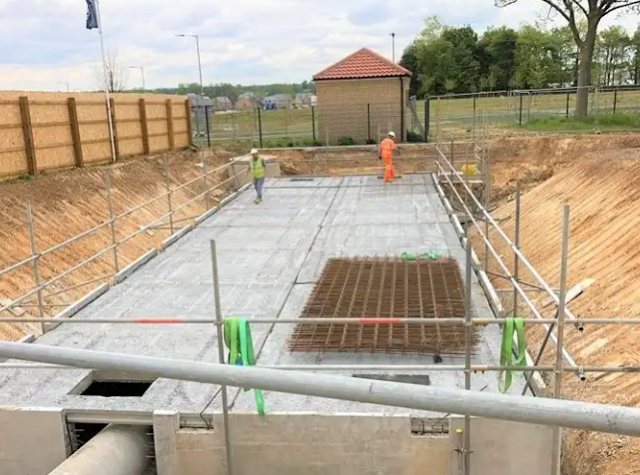Stormwater Management through Modern Approaches

When stormwater is absorbed into the soil, it is filtered and ultimately replenished into streams. However, in cities due to the presence of impervious surfaces all around, when heavy rainfall hits the ground it may create a flood-like situation. This floodwater often carries pollutants, debris, chemicals, which are ultimately mixed into the nearby water bodies. To deal with this issue, it is important to install a stormwater management system . Stormwater management is a way to prevent waterlogging in cities. In many cities of the U.K, there is still prevalent use of piped-based storm sewer system, which helps in preventing waterlogging, but it does not support in restoring the natural hydrological system. Plus, it fails to control the movement of pollutants from impervious city surfaces to the nearby water bodies. Therefore, municipalities are adopting a more sustainable way of managing stormwater, thereby preventing stormwater pollution and routing it safely back ...




